Mattoni cromati
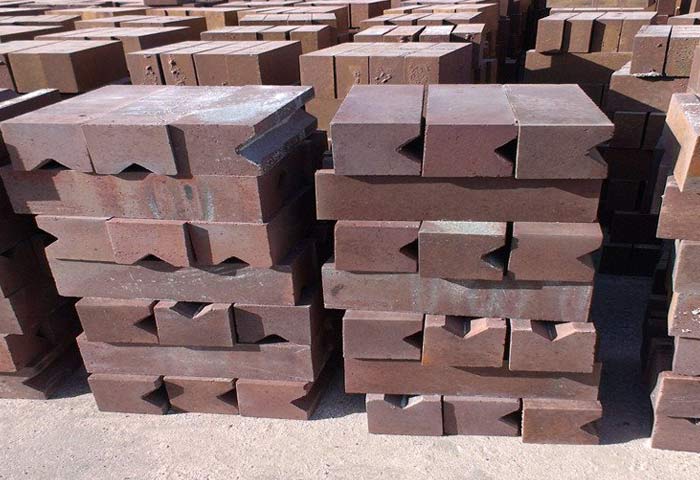
Mattoni cromati sono mattoni neutri, utilizzato principalmente come strato isolante per refrattari acidi e alcalini ad alte temperature, e utilizzato anche come rivestimento dei forni fusori di metalli non ferrosi.
Tuttavia, non va utilizzato a diretto contatto con il ferro e l'atmosfera cambia frequentemente.
Cominciarono ad essere utilizzati mattoni cromati nel forno per la fusione del vetro. Ma solo limitato a bottiglie e barattoli scuri in vetro o forno in fibra di vetro privo di alcali.
E utilizzato principalmente nelle parti ad alta temperatura del forno per il vetro. Come la parete superiore della piscina, piccola bocca del forno, foro del liquido che scorre, bocca di carica, e altri luoghi, perché può prolungare significativamente l'età del forno.
L'azienda PER produce mattoni refrattari di alta qualità, compresi mattoni refrattari in argilla, mattoni refrattari ad alto contenuto di allumina, mattoni refrattari di silice, mattoni refrattari alla magnesia, mattoni di mullite, mattoni isolanti, eccetera.
Nel frattempo, se sei interessato al nostro prodotti in mattoni refrattari, o se hai intenzione di costruire una fornace o un forno, puoi contattarci! Ti risponderemo prontamente con una consulenza professionale e un prezzo competitivo!
Altri tipi di mattoncini cromati
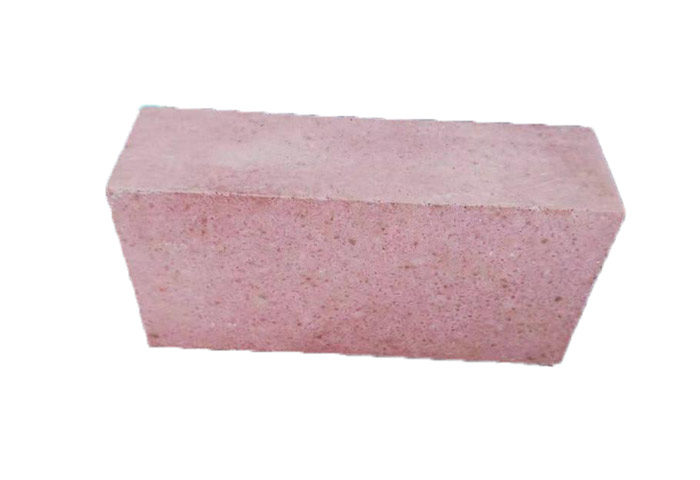
Mattoni in alluminio-cromo
Il mattone AlCr è un mattone ad alto contenuto di allumina con Al2O3 come componente principale e una piccola quantità di Cr2O3.
Anche il mattone sinterizzato costituito da scorie di AlCr è mattone di AlCr, chiamato anche mattone di scorie AlCr. Mattone in alluminio-cromo rispetto all'elevata resistenza all'erosione dei mattoni di allumina, mattone di scorie di alluminio-cromo, e proprietà meccaniche ad alta temperatura di buone caratteristiche.
Il mattone AlCr presenta molti vantaggi come l'alta densità, bassa porosità, elevata forza di legame, elevata durezza, morbidezza ad alto carico, buona resistenza all'usura, anti-abrasione, buona resistenza agli shock termici, forte resistenza alla fusione dei metalli e alla corrosione delle scorie, lunga vita, eccetera.
Che è ampiamente utilizzato in varie apparecchiature di fusione e altri forni a temperatura ultraelevata.
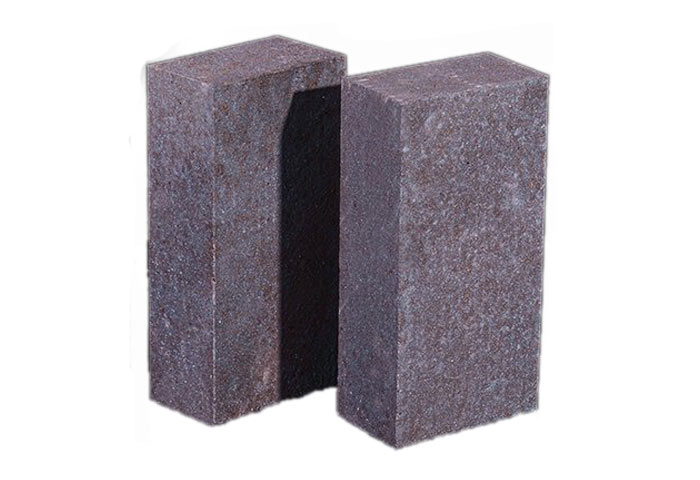
Mattone cromato al magnesio
Il mattone ordinario di magnesia-cromo è costituito da sabbia di magnesia sinterizzata e cromite come materie prime, in proporzione adeguata, mediante formatura e cottura ad alta temperatura.
La composizione minerale del prodotto è magnesite, spinello, e una piccola quantità di silicato.
Il mattone ordinario di magnesia-cromo ha una buona resistenza alle scorie alcaline, migliore resistenza alle scorie acide rispetto al mattone di magnesia, migliore resistenza allo shock termico rispetto al mattone di magnesia, temperatura di rammollimento del carico più elevata, e buona stabilità del volume alle alte temperature, piccolo ritiro della linea rigenerata a 1500℃.
Il mattone in alluminio e magnesio ha una buona resistenza alle scorie, prestazioni ad alta temperatura, e stabilità termica, il prezzo è più economico del mattone di spinello di magnesio.
Sono ampiamente utilizzati nella volta dei forni piani per la produzione dell'acciaio e sono ancora utilizzati nelle siviere di acciaio, Rivestimenti dei forni per la produzione dell'acciaio, camere di accumulo termico del forno per vetro, forni misti di ferro, tetti dei forni a riflessione in rame, e forni ad alta temperatura per l'industria dei refrattari.
Tipi e caratteristiche dei mattoni di magnesio-cromo
Attualmente, Esistono diversi tipi di mattoni cromati al magnesio prodotti con metodi diversi, compreso il mattone comune, mattone a incollaggio diretto, mattone sinterizzato comune, riincollare il mattone, e mattoni per fusione.
1. Mattone comune in cromo magnesia
Questo è il prodotto tradizionale, con minerale di cromo come particelle grossolane e sabbia di magnesio come polvere fine. Oppure due materiali che utilizzano una composizione particellare graduata, la temperatura di cottura è generalmente 1550 ~ 1600 ℃. La microstruttura di questo mattone mostra una scarsa combinazione diretta tra particelle di cromite e magnesite, per lo più silicato (CMS) cementazione o isolamento di fessure. Magnesite Fang nella fase di desolvatazione inferiore, la matrice è raramente combinata direttamente, le proprietà meccaniche di questo mattone sono scarse, scarsa resistenza alla corrosione delle scorie.
2. Mattone magnesia-cromo combinato direttamente
Direttamente combinato con il mattone al magnesio-cromo è sviluppato sulla base del normale mattone al magnesio-cromo. Le sue caratteristiche produttive sono principalmente due punti, uno è l'uso di materie prime più pure, e il secondo è l'uso di una temperatura di cottura più elevata. Il cosiddetto legame diretto significa che c'è un contatto più diretto tra le particelle di cromite e la magnesite nel mattone. Perché nella materia prima c'è meno Si02 (controllato di seguito 1% a 2%), viene generato meno silicato. Quindi il silicato viene estruso nell'angolo delle particelle di fase solida mediante cottura ad alta temperatura, migliorando così il legame diretto della fase solida.
Incollaggio diretto del mattone al magnesio-cromo grazie all'elevato grado di incollaggio diretto, in modo che il mattone abbia una resistenza alle alte temperature, resistenza alle scorie, resistenza all'erosione, resistenza all'abrasione, resistenza alla corrosione, ed eccellente stabilità allo shock termico e stabilità del volume a 1800 ℃.
3. Mattone comune di magnesio-cromo sinterizzato
Questo processo di produzione del prodotto è caratterizzato da un certo rapporto tra sabbia di magnesio e miscela di polvere fine di cromite di combustione ad alta temperatura. Per ottenere la generazione di legami diretti di spinello secondario e magnesia-cromite per la reazione in fase solida, la produzione di materiale di sinterizzazione comune. Questo materiale viene utilizzato per fabbricare prodotti sinterizzati o prodotti legati chimicamente.
I mattoni in magnesia-cromo co-sinterizzati presentano un migliore legame diretto e un'omogeneità microstrutturale rispetto ai mattoni incollati direttamente, con fase di desolvatazione più magnesite e spinello secondario intergranulare, I mattoni co-sinterizzati in magnesia-cromo hanno una serie di proprietà migliori rispetto ai mattoni incollati direttamente, particolarmente noto per la resistenza alle alte temperature, resistenza ai rapidi cambiamenti di temperatura e resistenza alle scorie.
4. Mattone combinato magnesio-cromo
Metodo di fusione elettrica per far sciogliere la polvere mista magnesio-cromo, attraverso il cristallo di precipitazione del fuso, la formazione di una microstruttura abbastanza uniforme, spinello di magnesio-cromo, e cristallo misto di magnesite come composizione della fase principale della materia prima, il materiale di fusione elettrica magnesio-cromo frantumato in determinate dimensioni delle particelle, stampaggio misto, sparando per preparare il mattone combinato, o utilizzato direttamente per realizzare mattoni legati chimicamente.
Informazioni su PER Refractories Company
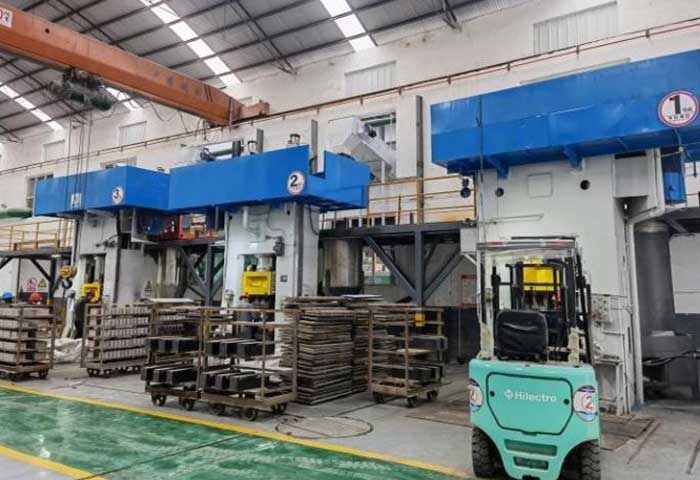
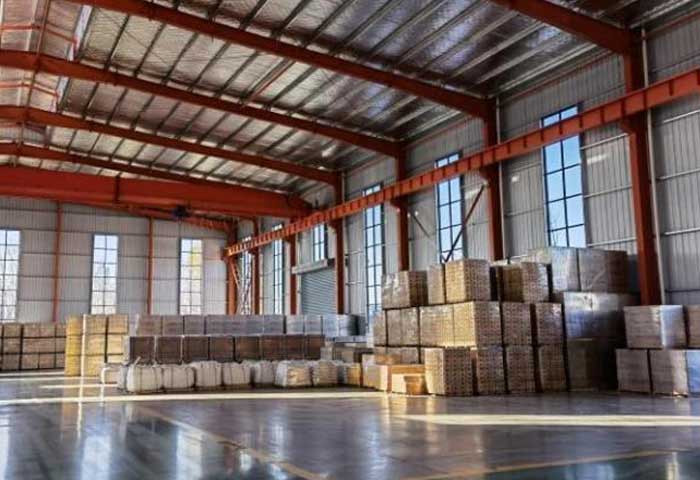
PER Refractories Company si trova nella città di Xinmi, Provincia di Henan, la città natale di materiali refrattari in Cina. La nostra azienda è un'impresa refrattaria basata sulla tecnologia che integra R&D, produzione, saldi, e servizio tecnico. Le ricche risorse e l'eccellente qualità del territorio garantiscono condizioni superiori senza pari per il produzione di materiali refrattari. I nostri prodotti principali sono mattoni di argilla refrattaria, mattoni refrattari ad alto contenuto di allumina, mattoni refrattari di silice, mattoni refrattari al magnesio, mattoni di mullite, mattoni isolanti, e altro prodotti resistenti alle alte temperature.
Azienda PER refrattario è la base di produzione di verde, risparmio energetico, e nuovi materiali refrattari rispettosi dell'ambiente. La nostra azienda ha superato ISO9001:2008 certificazione internazionale del sistema di qualità e GB/T24001-2004 / ISO14001:2004 certificazione del sistema di gestione ambientale, certificazione dell'agenzia di ispezione di qualità aziendale. I nostri prodotti sono venduti bene in più di 20 paesi di tutto il mondo. Sono i prodotti refrattari preferiti per la metallurgia, non ferroso, petrolchimico, bicchiere, ceramica, e altre industrie refrattarie.
